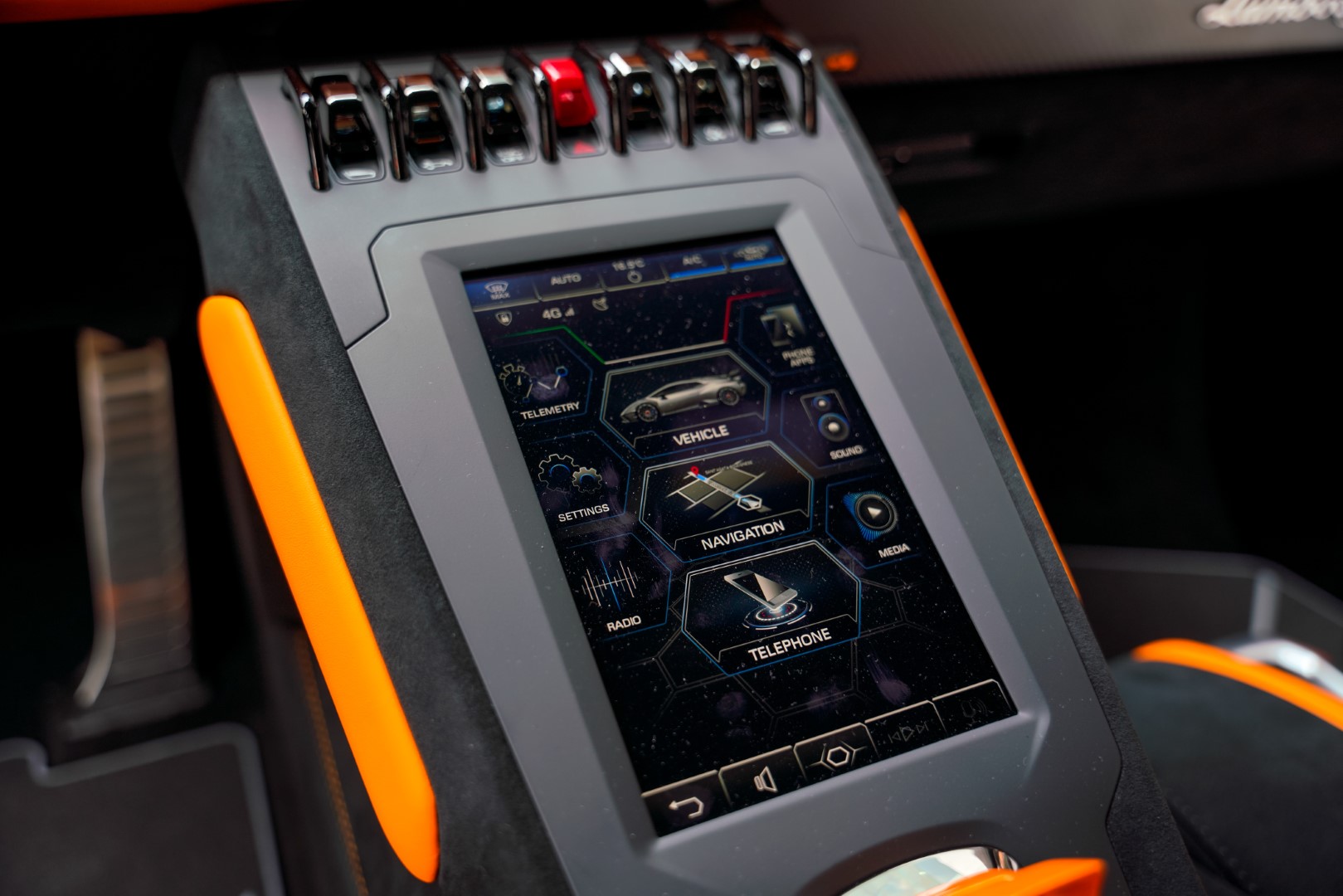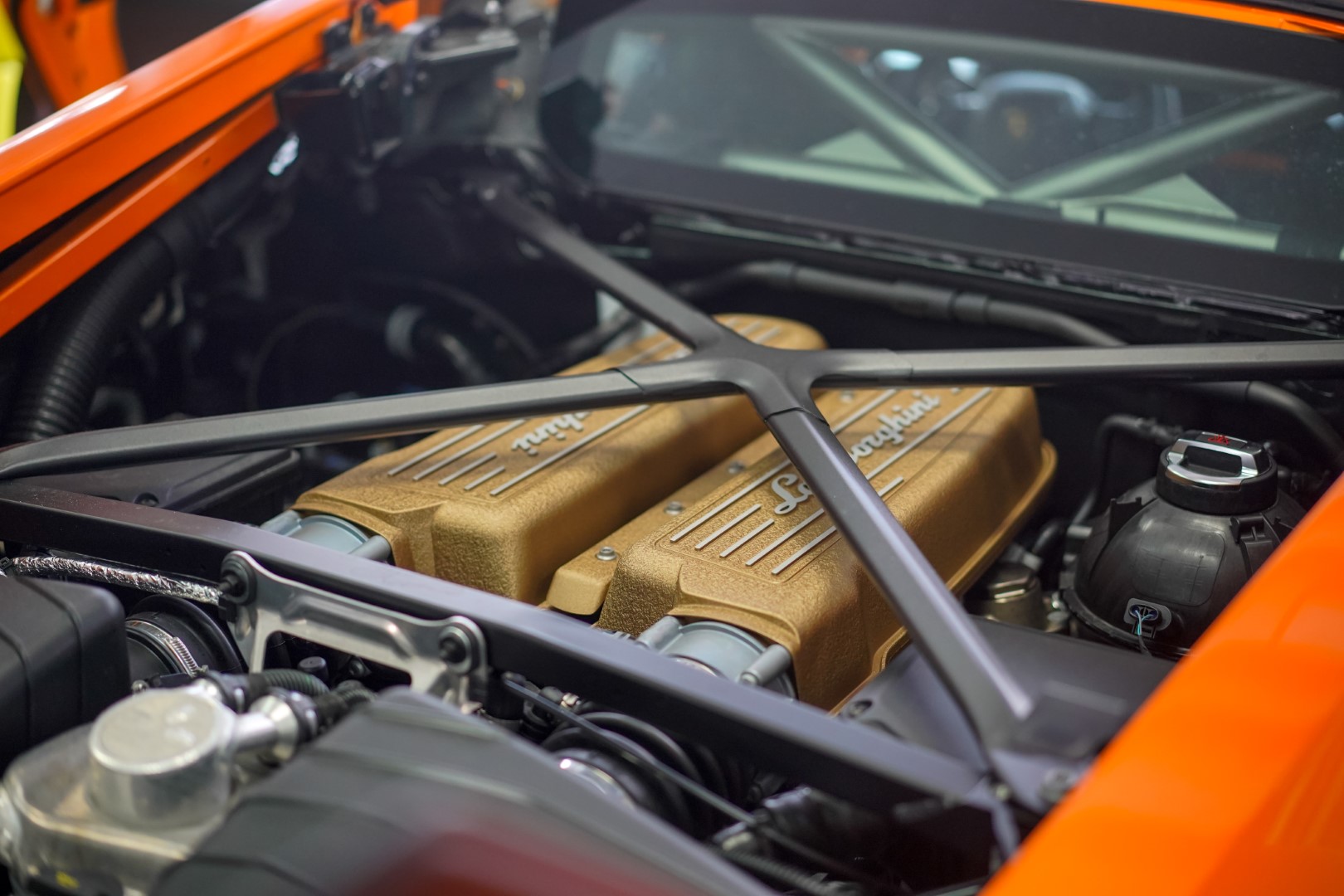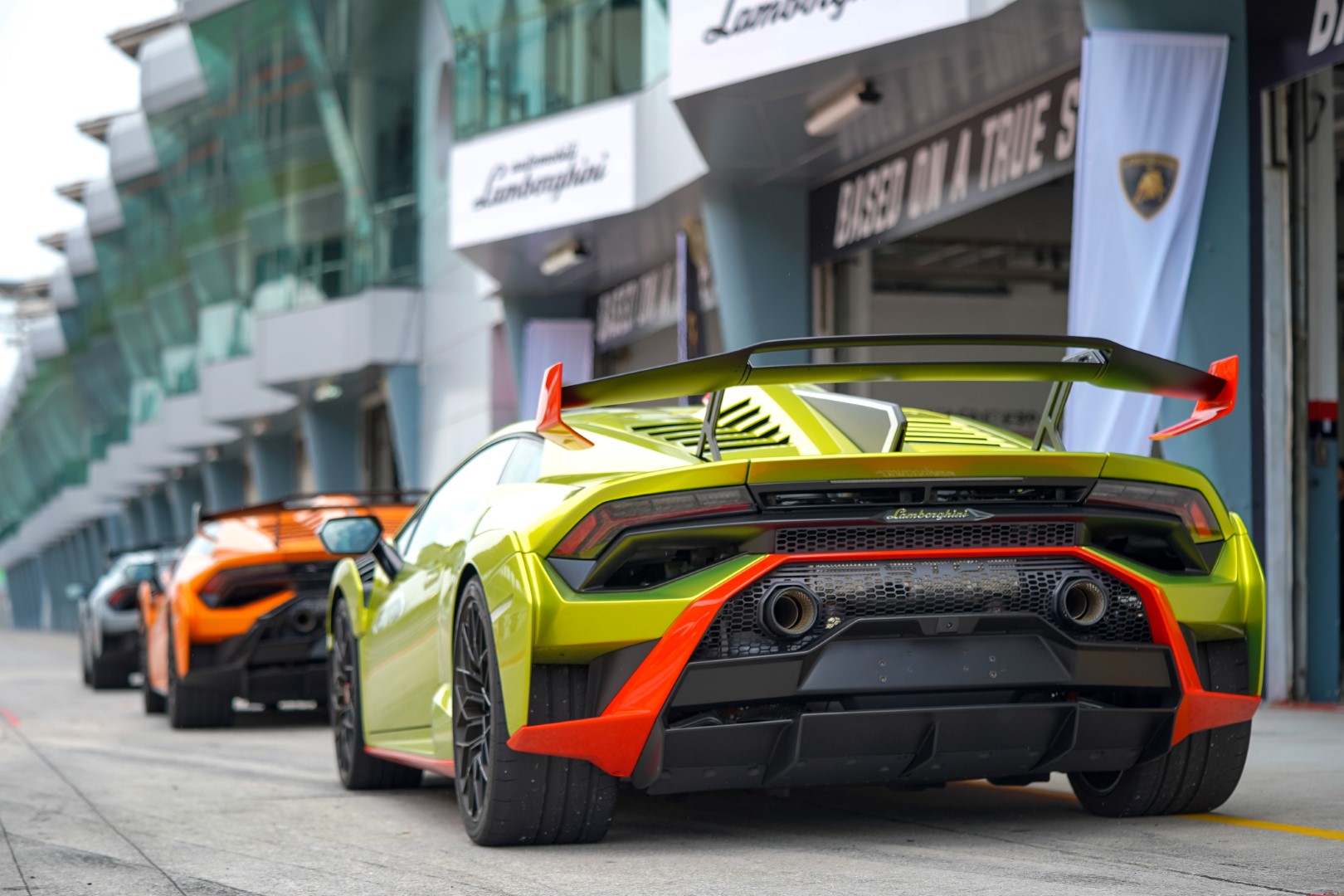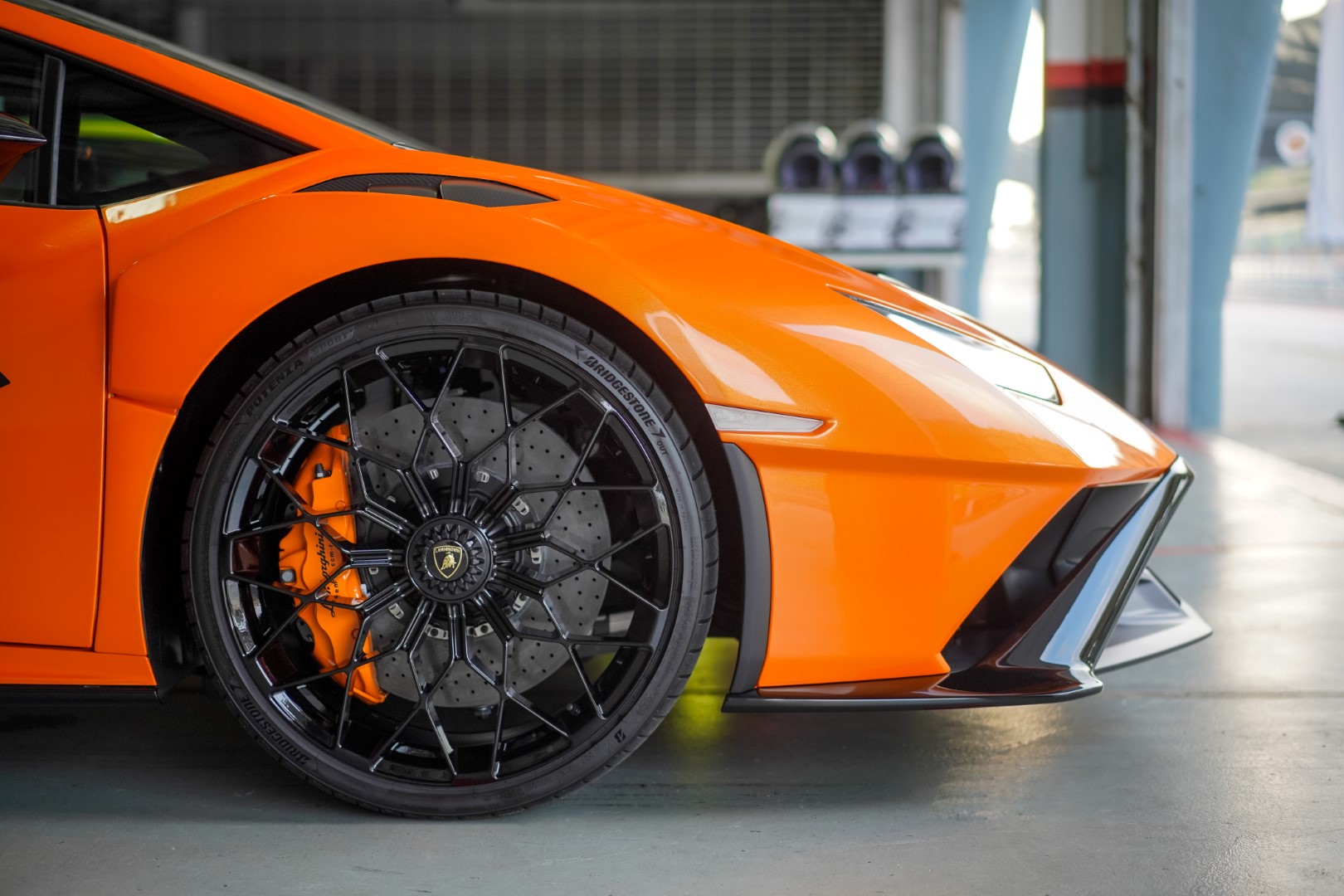Review: Lamborghini Huracan STO driven in Sepang
As intimidating as it looks, the Lamborghini Huracan STO is quite forgiving

Lamborghini Kuala Lumpur held a dynamic presentation of the track-inspired Huracan STO supercar last week at the Sepang International Circuit, where an exclusive group of customers and selected members of the press were presented the opportunity to experience the car first hand.

The car
Priced from RM1.48 million before taxes and options, the Lamborghini Huracan STO (Super Trofeo Omologata) is essentially a road-legal version of the Huracan EVO GT3 race car.
Designed to be as light and aerodynamic as possible, the Huracan STO sports an entirely new exterior design and comes fitted with a long list of lightweight components.
For instance, the front bonnet, fenders, and the front bumper are all incorporated into a huge carbon-fibre piece called the ‘cofango’, a term created by Lamborghini combining the words ‘cofano’ (hood) and ‘parafango’ (fender).

Even the windscreen, windows, and the magnesium rims are all made of lightweight material. Weighing 1,339 kg which is 43 kg lighter than the Huracan Performante, 75% of the Huracan STO comprises of carbon fibre goodies.
It is also worth mentioning here that the front bumper is inspired by the Sesto Elemento. The cofango, the bumpers, the new rear fender derived from the Super Trofeo EVO, and all the ducts and air intakes you see here serve one purpose – to increase the aerodynamic efficiency and the downforce.
Powered by a naturally aspirated 5.2-litre V10 engine producing 640 hp and 565 Nm of torque, the rear-wheel driven Huracan STO is capable of doing the century sprint in just 3.0 seconds, and accelerate to 200 km/h from standstill in 9.0 seconds while hitting a top speed of 310 km/h.

Complementing the powertrain and setting it apart from other versions of the Huracan are the increased wheel track, stiffer suspension bushing, unique anti-roll bars, Lamborghini’s MagneRide 2.0 suspension, rear-wheel steering, and the new CCM-R braking system which provides four times higher thermal conductivity compared to traditional carbon ceramic brakes.
Similar to the exterior, the Huracan STO’s cabin is also all about shedding weight. While almost everything is wrapped in Alcantara, the sport seats, floor mats, and the door panels are all made of carbon fiber.
All the car’s functions can be accessed via a touch-screen situated on the centre console, while all the necessary information was displayed on the fully digital instrument panel.

The driving experience
As intimidating as it looked and sounded, the Huracan STO was much more forgiving than I thought it would ever be. Yes, it makes angry noises but its behaviour is surprisingly calm and composed for a car of its nature.
The level of comfort and refinement surprised me as well. In fact, I thought the word “comfort” would never make it into this article but here we are.
The seats, although made of carbon fiber, offered good level of support throughout my stint with the Huracan STO on the circuit. To top things off, there is an infotainment system and even proper air conditioning.

After making my way into the cockpit with the assistance of three Lamborghini Kuala Lumpur personnel, I was nicely tucked in, held safe by the four-point racing seat belt, still breathing.
Out of the three available driving modes – STO (road), Trofeo (track), and Pioggia (wet), we were advised to select Trofeo, which is ideal for dry surface on the circuit.
Unlike many track-focused models which come with super sensitive throttle, the Huracan STO’s power delivery was quite linear and progressive, which translated into a very smooth and composed driving experience.

Among all the things mentioned, what surprised me the most was actually the F1- inspired Brembo CCM-R racing brakes.
These things had so much stopping power that all it took was a “normal” press of the brake pedal to bring the Huracan STO from about 240 km/h to 120 km/h in just a couple of seconds without any drama whatsoever.

So, with the mighty impressive brakes and the seamless power delivery giving me the itch to accelerate a bit harder and brake a little later with every lap, I went past the “familiarisation” phase to “let’s see how much more I can push this thing” pretty quick.
Since the folks at Lamborghini were kind enough to let us complete nine full laps (with breaks in between) in the Huracan STO, I had all the time in the world to get used to the car and push it as much as I could before scaring myself.

Despite being a rear-wheel drive car, the Huracan STO’s rear wheel steering system and the brilliant chassis setup made sure that the rear end didn’t misbehave even once.
All I had to do was follow the instructor’s tip to “keep the steering smooth as you enter and exit the corners, stick to the racing line, and you will have a great time with the car”, and voila – I felt like I was a professional, smiling from ear to ear.

In the midst of all this, keeping each and every one of us in the car and also outside the car entertained and excited was the orgasmic note of the Huracan STO’s glorious V12 engine.
That being said, what we have here is a mighty impressive and capable track-focused supercar which is also refined and composed enough to be driven on normal roads – the ideal machine for a modern day gentleman driver.





















